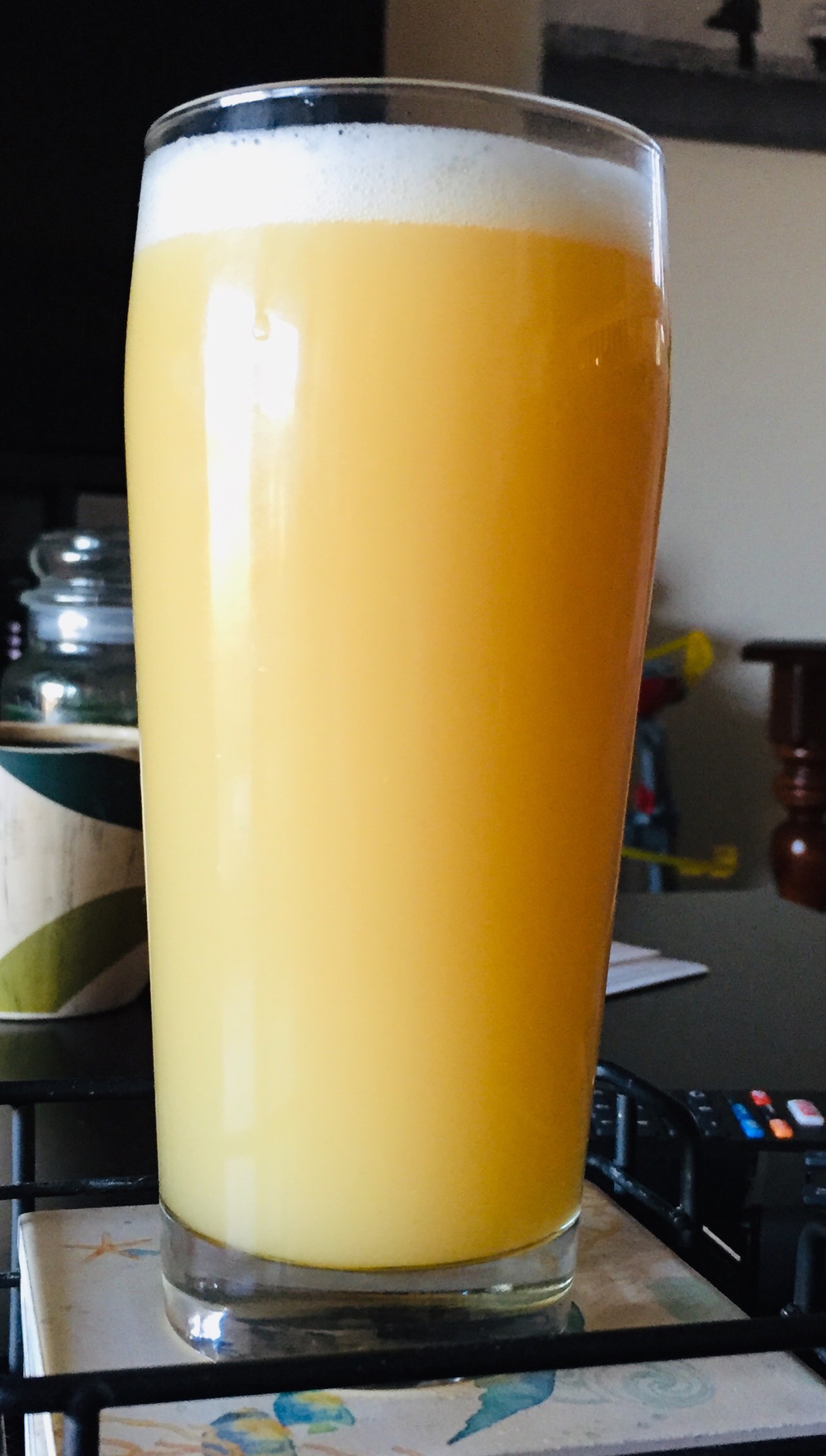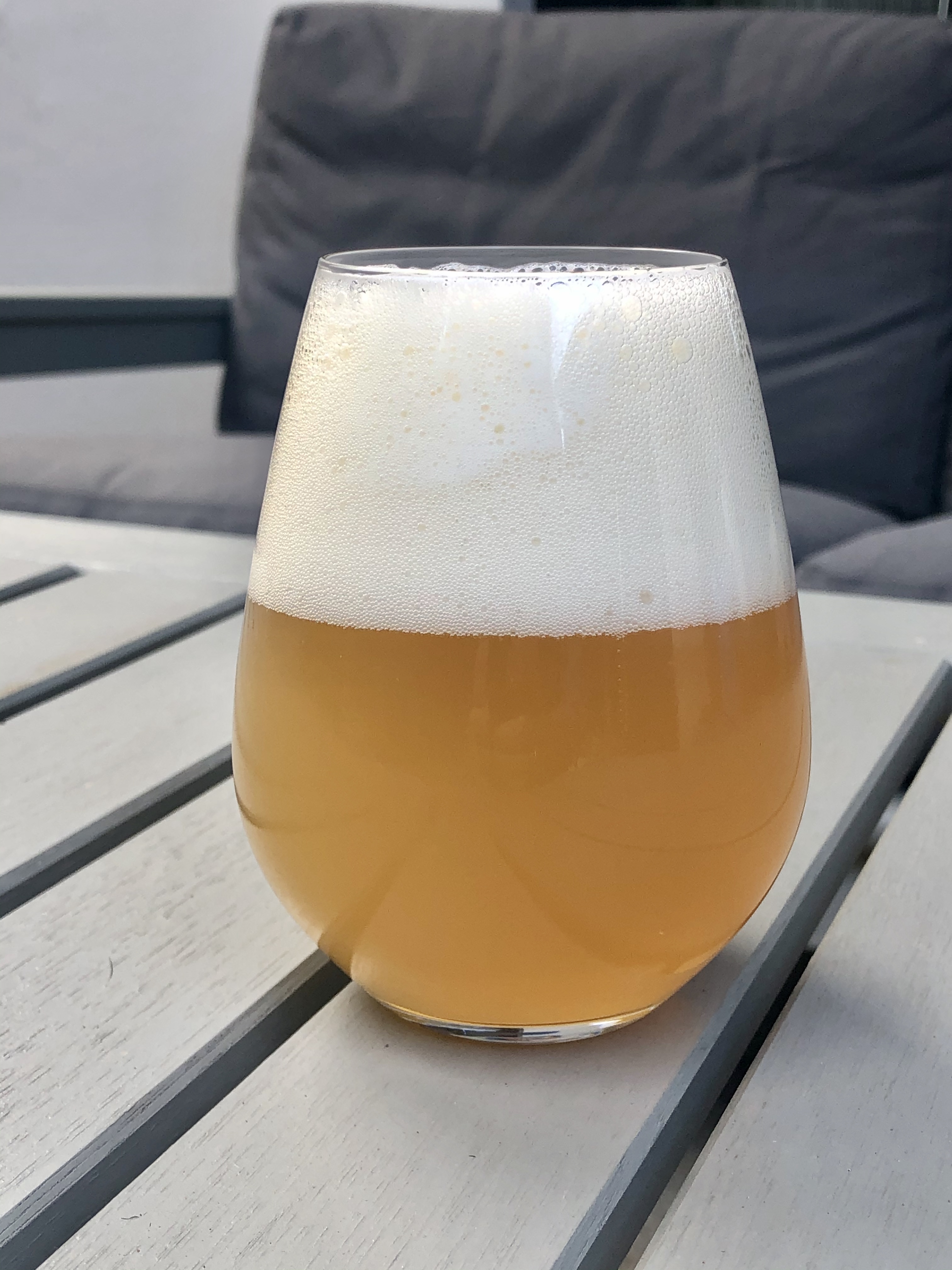couchsending
Well-Known Member
- Joined
- Jun 21, 2016
- Messages
- 3,063
- Reaction score
- 2,256
CaCl and CaSo4 both increase bitterness (that’s the Ca). So4 has a drying effect on the palate so you get more of a tingling or..... well drying sensation. In correct amounts that depend on the carbonation type and level, final gravity, bitterness, it can help to make a beer more drinkable or lighter on the palate so you in turn want to take another sip.
Cl has somewhat of the opposite effect. It increases the length of the beer on the palate and tends to increase the perception of sweetness. It doesn’t have the same drying effect as So4. However in high quantities it clashes with Ca and you can get really bitter, astringent, almost chalk like sensations from it.
you can add much more Ca through CaSo4 additions before you get negative flavor or aroma (sulfur) contributions as compared to CaCl.
It’s all about balance.
PTE which was for a long time considered the reference WCIPA is made with more CaCl than CaSo4. Nate from Tree House has always said he favors “highish So4 and lowish Cl” for his beers. I’d agree when drinking them.
So there’s that.
Cl has somewhat of the opposite effect. It increases the length of the beer on the palate and tends to increase the perception of sweetness. It doesn’t have the same drying effect as So4. However in high quantities it clashes with Ca and you can get really bitter, astringent, almost chalk like sensations from it.
you can add much more Ca through CaSo4 additions before you get negative flavor or aroma (sulfur) contributions as compared to CaCl.
It’s all about balance.
PTE which was for a long time considered the reference WCIPA is made with more CaCl than CaSo4. Nate from Tree House has always said he favors “highish So4 and lowish Cl” for his beers. I’d agree when drinking them.
So there’s that.

































![Craft A Brew - Safale BE-256 Yeast - Fermentis - Belgian Ale Dry Yeast - For Belgian & Strong Ales - Ingredients for Home Brewing - Beer Making Supplies - [3 Pack]](https://m.media-amazon.com/images/I/51bcKEwQmWL._SL500_.jpg)



























